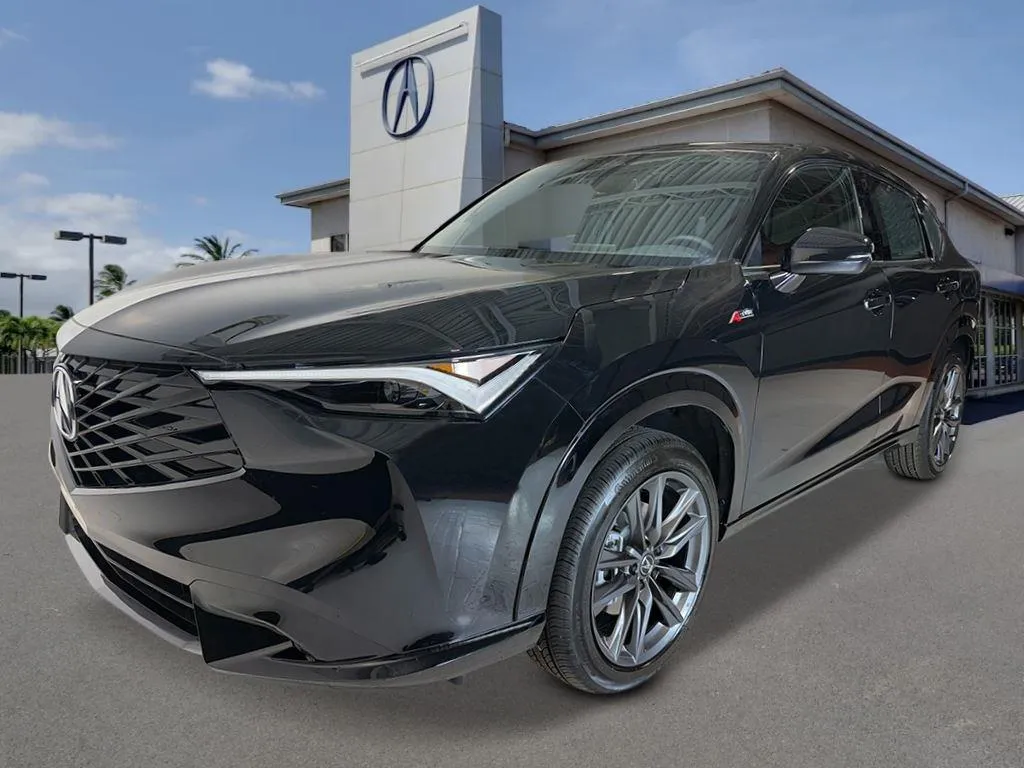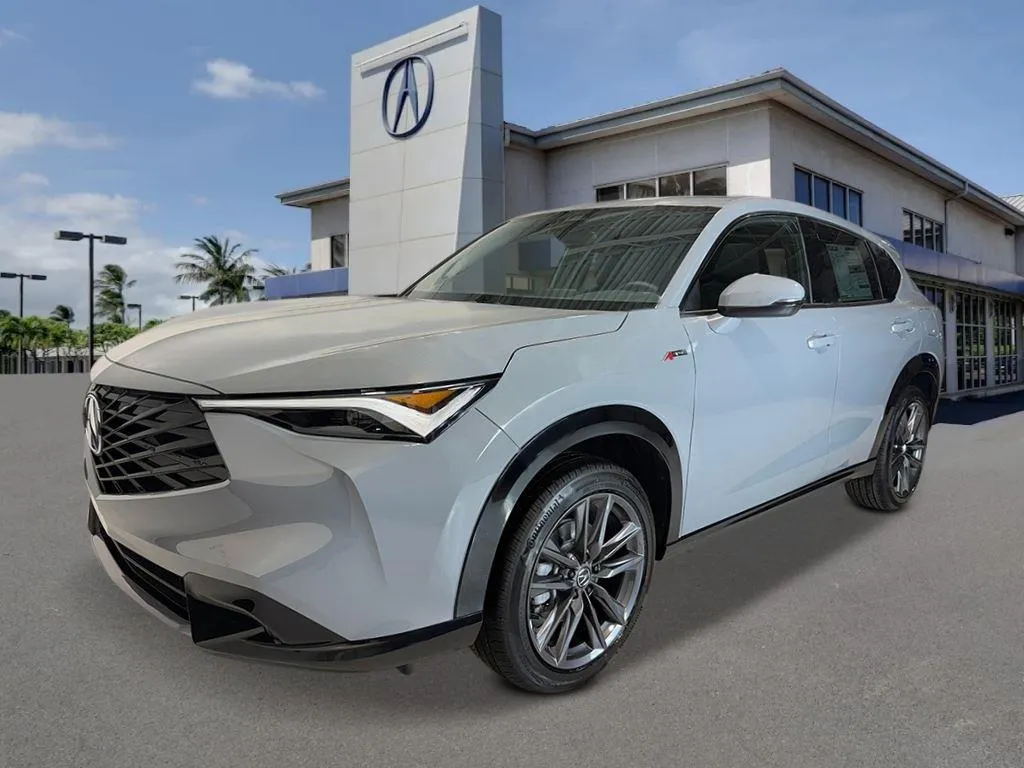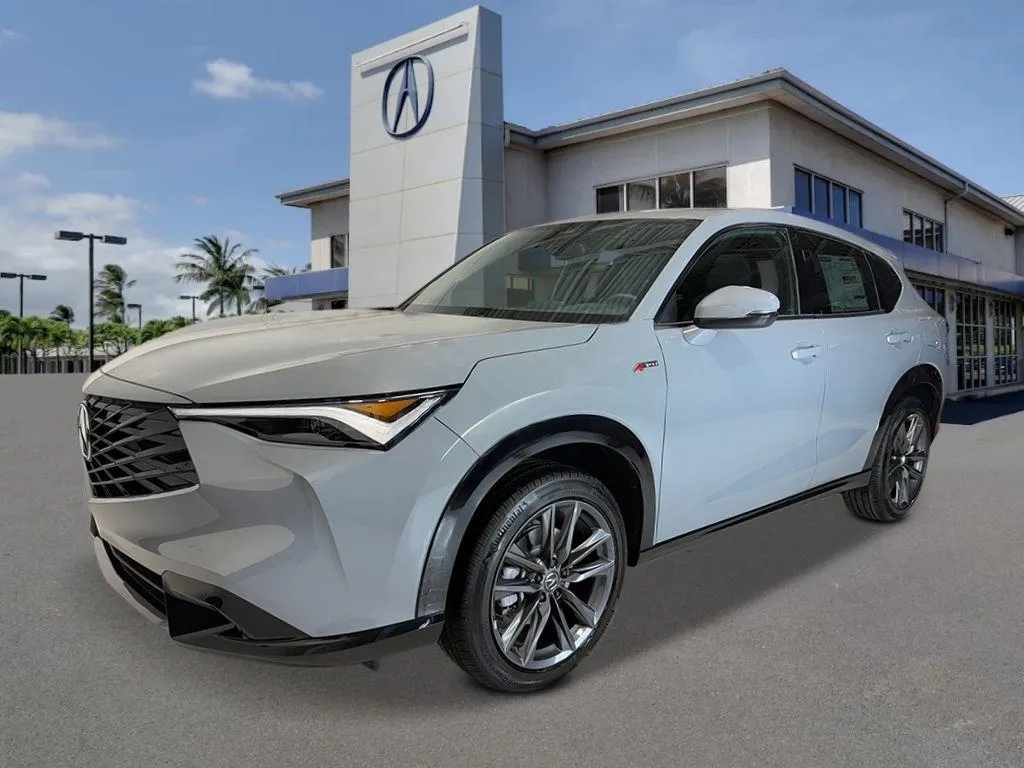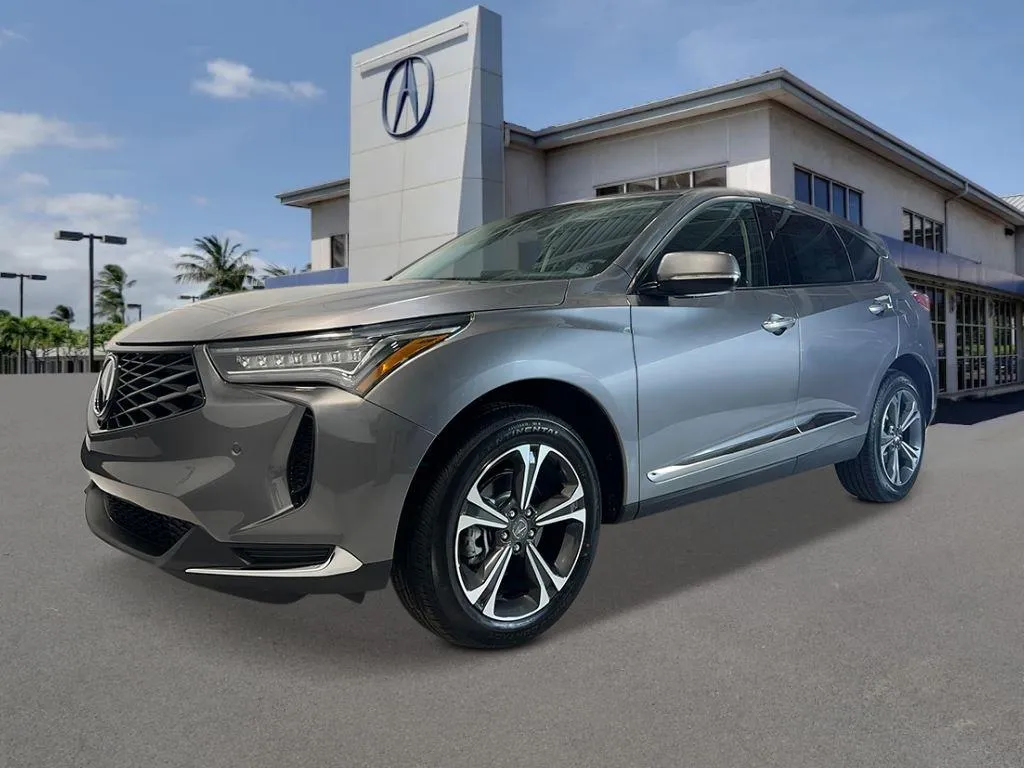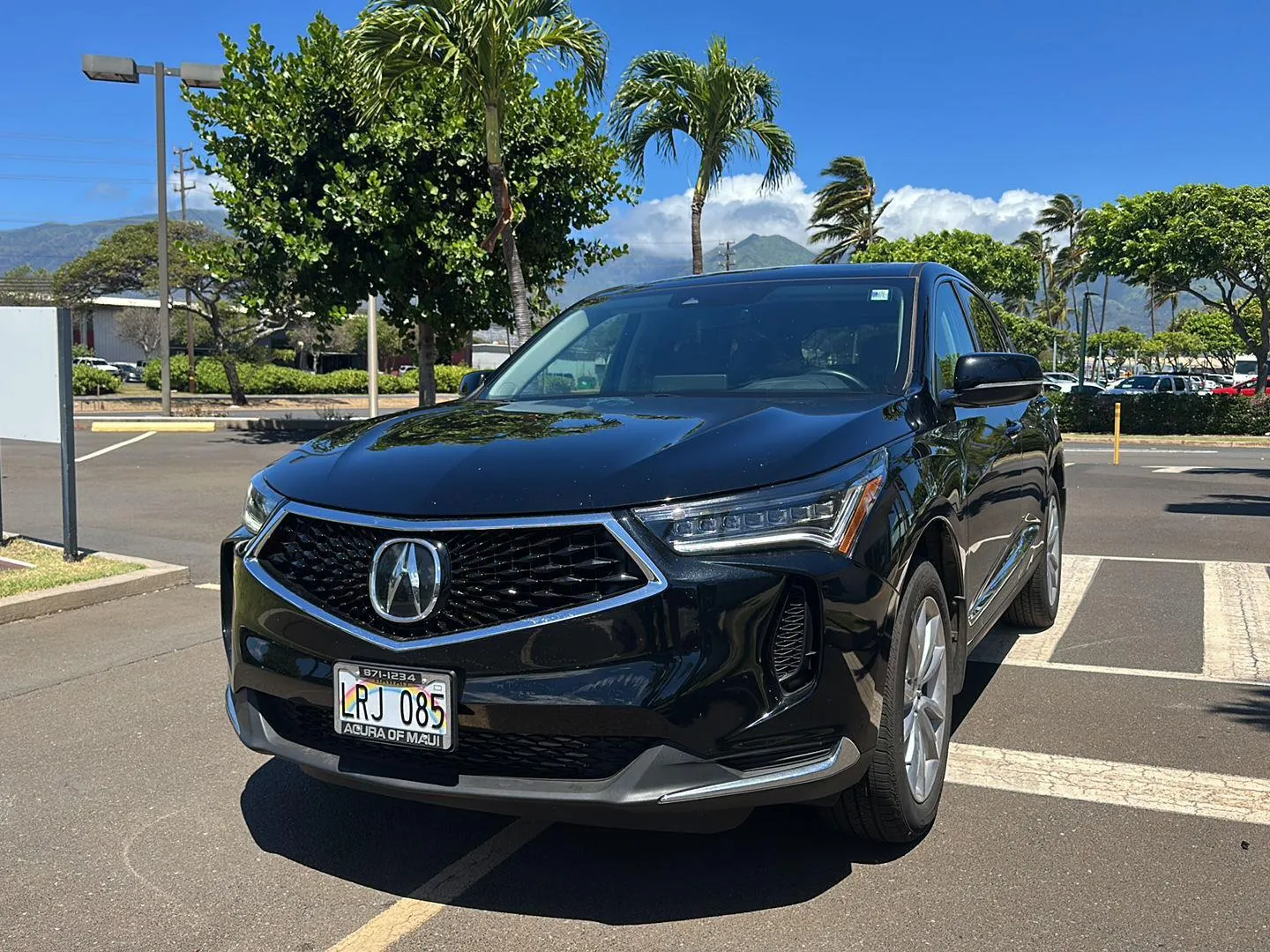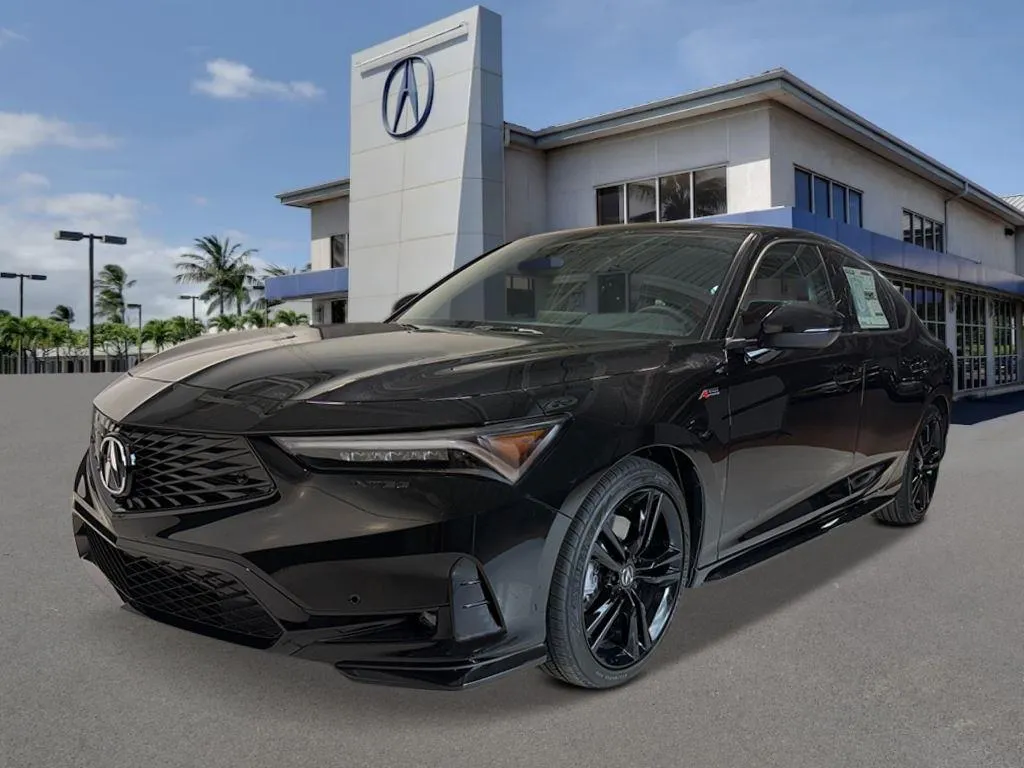How Maui Fires Impacted Home Prices & Housing Supply
Table of Contents
- Maui's Housing Market Post-Fire: How the Disaster Reshaped Home Prices and Supply
- Introduction
- Understanding Maui's Pre-Fire Housing Market
- A Snapshot of Home Prices
- Chronic Housing Supply Issues
- How the Wildfires Impacted Maui’s Housing Supply
- Immediate Housing Loss
- The Ripple Effect on Supply
- How Have Maui's Home Prices Changed Post-Wildfire?
- Rising Prices Amid Scarcity
- Investment vs. Compassion
- Environmental and Long-Term Considerations
- Climate Resilience in Future Developments
- Balancing Development and Conservation
- Steps the Community is Taking
- Short-Term Solutions
- Long-Term Strategies
- Final Thoughts and Action Steps
Maui's Housing Market Post-Fire: How the Disaster Reshaped Home Prices and Supply
Introduction
The devastating wildfires that swept across Maui left a trail of destruction and irrevocably changed the island's housing market. While residents were still grappling with the emotional toll, another pressing issue quickly surfaced—what would happen to home prices and housing supply in the aftermath?
For Hawaii residents, real estate investors, and environmental enthusiasts, the implications are far-reaching. This blog takes an in-depth look at how recent events have altered Maui's housing dynamics, providing insights into rising home prices, dwindling supply, and how the community is addressing these challenges.
Understanding Maui's Pre-Fire Housing Market
Before the fires, Maui’s housing market was already under pressure. Several factors contributed to an environment of high demand and limited supply, including a booming tourism industry, the desirability of Maui as a second-home destination, and strict environmental and zoning regulations.
A Snapshot of Home Prices
Prior to the wildfire, Maui held some of the highest home prices in the state. According to Zillow, the median price for single-family homes on Maui in 2023 was just over $1.2 million . Condos were slightly more affordable, with median prices hovering around $800,000 .
This highly competitive market was driven by affluent buyers, many from the mainland, snapping up properties as second homes or vacation rentals. Unfortunately, this left many local families struggling to afford housing, spiking demand for affordable and workforce housing.
Chronic Housing Supply Issues
Maui faced chronic housing shortages long before the fire. Limited land availability, environmental regulations to protect endangered ecosystems, and lengthy permitting processes all hindered new construction. Affordable housing projects often faced delays, leaving residents with few viable options.
How the Wildfires Impacted Maui’s Housing Supply
The August 2023 wildfires brought unprecedented devastation. Thousands of acres were scorched, and the town of Lahaina—once a historic gem—was almost completely destroyed. Tragically, this also meant a dramatic loss of homes in a region already struggling with limited supply.
Immediate Housing Loss
According to FEMA estimates, over 2,000 homes were either partially or completely destroyed, mostly in West Maui. Lahaina, once home to many local families, bore the brunt of destruction, displacing thousands of residents. For comparison, this equates to over 5% of the island’s total housing stock , a staggering blow to Maui’s already strained market.
The Ripple Effect on Supply
With such a significant loss of inventory, available housing has become even scarcer. Homeowners unaffected by the fires may now hesitate to sell, fearing they won’t be able to find alternative housing on the island. Similarly, construction timelines for rebuilding homes lost in the fire could stretch into years rather than months.
For many displaced families, immediate solutions include temporary housing through FEMA or relocating to other Hawaiian islands. Unfortunately, this only adds pressure to housing markets statewide.
How Have Maui's Home Prices Changed Post-Wildfire?
With demand for housing staying steady and supply lower than ever before, the fires have created unique market conditions. While it may seem counterintuitive, these factors have inflated housing prices even further .
Rising Prices Amid Scarcity
Real estate agents report that homebuyers—particularly from the mainland—are entering the Maui market faster than expected, driving up prices. According to recent data from the Hawaii Real Estate Association, median home prices surged by 8% within three months of the wildfire.
For many locals, this paints a problematic picture. With rental inventory also in short supply, more residents find themselves pushed into difficult financial positions or forced to leave Maui altogether, a trend that threatens the cultural and social fabric of the island.
Investment vs. Compassion
The fires have drawn attention from real estate investors looking to capitalize on the high demand. While some developers promise intentions to invest in new housing solutions, skepticism remains about whether these promises will result in affordable options or simply cater to wealthy buyers.
Local advocacy groups and the Maui County Council are working to establish protections, including limiting off-island buyers or imposing buyer restrictions to prevent further displacement of residents.
Environmental and Long-Term Considerations
The impact of Maui's fires has also raised concerns about how climate change will continue to affect Hawaiian real estate in the long term. For environmental enthusiasts, the connection between wildfire destruction and climate action is increasingly evident.
Climate Resilience in Future Developments
The fire underscored the need for climate-resilient housing. Experts are urging new construction efforts to include fire-resistant materials, sustainable landscaping, and adherence to stricter building codes to reduce future risks.
Additionally, community efforts are calling for reforestation and restoration of green spaces to rebuild a healthier ecosystem, which helps mitigate wildfire risks.
Balancing Development and Conservation
One of the lessons from the wildfire is the importance of finding harmony between housing development and environmental protection. Maui will need thoughtful planning to increase housing supply without compromising its unique ecosystems or culture. Local governments and nonprofits play pivotal roles in ensuring this balance is achieved.
Steps the Community is Taking
Despite immense challenges, Maui’s community is rallying to rebuild. Several initiatives have been launched to address housing and recovery efforts.
Short-Term Solutions
- Temporary Housing: The State of Hawaii, in partnership with FEMA, is providing temporary housing units for displaced families. These include trailers, emergency shelters, and financial assistance for rent.
- Emergency Housing Protections: Eviction moratoriums have been enacted to prevent landlords from taking advantage of the crisis.
Long-Term Strategies
- Rebuilding Affordable Housing
State and local governments have announced plans to expedite affordable housing programs. For example, fast-track permitting for workforce housing is being prioritized to rebuild Lahaina responsibly.
- Nonprofit Partnerships
Organizations like the Maui Nui Strong Fund are actively raising funds to assist displaced families and rebuild entire communities. Having the nonprofit sector’s involvement ensures resources reach those in need.
- Protecting Local Ownership
Proposed legislation aims to restrict real estate purchases by foreign or mainland investors, prioritizing property ownership for displaced local families.
Final Thoughts and Action Steps
Maui’s housing market faces an uphill battle following the devastating wildfires, but with every crisis comes resilience. The island’s unique blend of cultural identity and natural beauty is driving efforts to rebuild in innovative and sustainable ways.
For Hawaii residents struggling to find affordable housing or for real estate investors seeking ethical investment opportunities, this moment calls for a collaborative approach. Consider supporting local organizations involved in rebuilding efforts or partnering with environmentally driven developments that prioritize both people and the planet.
By strengthening our commitment to community-first solutions, we can ensure Maui’s recovery reflects the values that make it a truly special place to call home.
